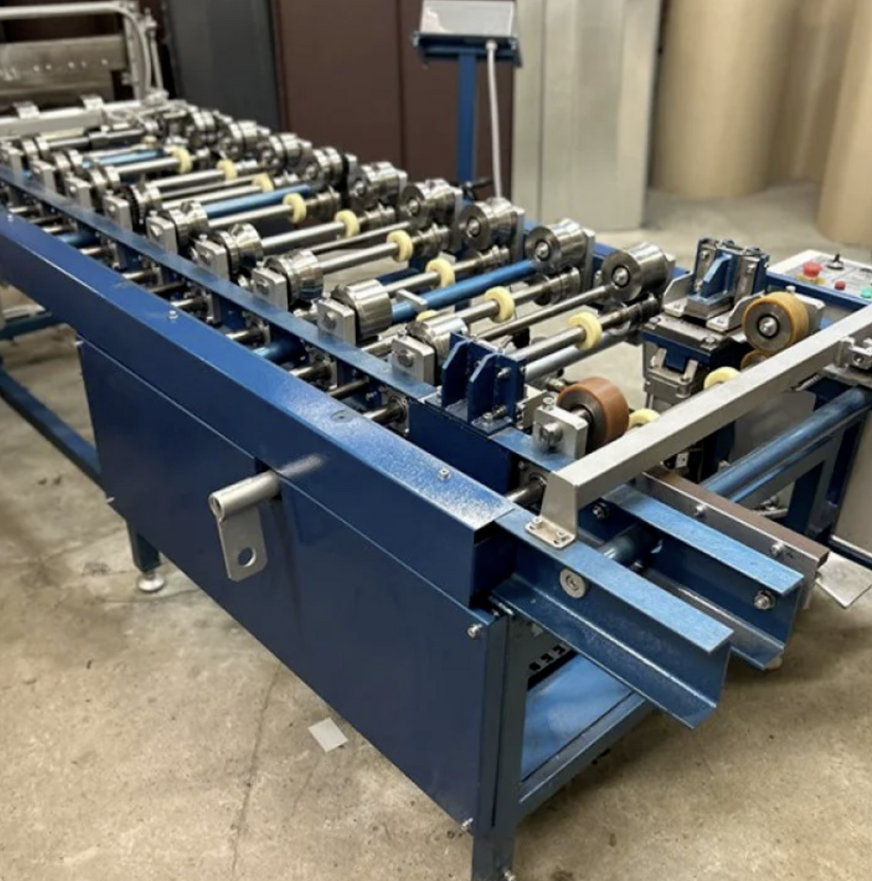
Posted on Wednesday, November 6, 2024
This case study explores a roofing contractor's journey in transitioning from traditional roofing systems to installing Snaplock standing seam roofing for a commercial building. The project involved replacing an aging metal roof with a modern, efficient, and aesthetically appealing Snaplock standing seam system. The client sought a durable and maintenance-free solution to enhance energy efficiency and withstand harsh weather conditions.
The project began with a comprehensive site inspection. The existing roof was over 25 years old and displayed signs of wear, including leaks, rust, and thermal inefficiencies.
Challenges Identified:
Solutions Proposed:
The roofing contractor utilized a Snaplock standing seam roll forming machine to manufacture panels on-site. This reduced transportation costs and allowed customization of panel lengths to minimize seams.
Steps Taken:
Challenges:
Solutions:
Installation began with laying down a waterproof membrane to prevent moisture intrusion. Snaplock panels were installed from the eaves to the ridge, using hidden fasteners to maintain a clean appearance.
Steps Taken:
Challenges:
Solutions:
The installation was completed within the planned two-week timeframe. Post-installation inspections confirmed the roof met performance and aesthetic goals.
Key Results:
This case study demonstrates the benefits of transitioning to a Snaplock standing seam roofing system. The project not only addressed existing issues but also delivered long-term value through enhanced durability, energy efficiency, and aesthetics. By overcoming challenges with strategic solutions, the roofing contractor showcased the capabilities of Snaplock systems in delivering high-performance results.

Understanding Coil IDs, Mandrel Sizing, and Shear Pin Safety in Uncoilers
Posted on Wednesday, October 1, 2025
Mismatched sizes can lead to machine damage, downtime, and safety hazards — often evidenced by a shear pin failure.

How Coil Tensile Strength Affects Roll Forming and How to Adjust Your Machine
Posted on Wednesday, October 1, 2025
Changes in tensile strength can significantly affect the finished profile, causing misaligned bends, uneven edges, and out-of-spec parts.

Why Paint Cracks on an Embossing Line Running Pre-Painted Coil and How to Prevent It
Posted on Wednesday, October 1, 2025
This issue not only affects the visual quality of the product but can also lead to increased scrap rates and customer complaints.

The Most Popular Standing Seam Metal Roof Panels in the U.S. — A Comprehensive Guide
Posted on Monday, September 29, 2025
In this post, we’ll explore what panel styles and sizes are most popular in the U.S